Butternut squash - what kind of fruit is it?
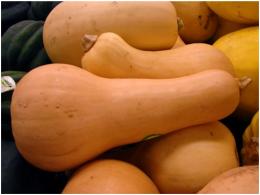
The entire pumpkin family is an unusually useful, fertile plant. Their berries (this is what the pumpkin fruit should be called) can be stewed, baked, boiled and eaten raw. Both pulp and seeds have a serious set of useful vitamins and microelements that the human body needs. Pumpkin strengthens the immune system, removes toxins, smoothes the skin and does many other good deeds. This is a gift of nature that should not be neglected when planning garden plantings.
Far from being the most forgotten of this glorious genus, the nutmeg pumpkin is very heat-loving. Under natural conditions, it grows in Mexico and Peru, Central America and Colombia. It is also cultivated in many other countries. In our latitudes, it has little chance of ripening in open ground. Therefore, gardeners first grow seedlings, and with the onset of cold weather, unripe fruits are simply covered with film in the garden bed.
Butternut squash needs plenty of watering, especially if there has been no rain for a while. It can also be covered on cold summer nights. Choose the warmest place to plant it, protected from drafts. Seeds for seedlings can be sown as early as April, watering them with cold water. It doesn’t hurt to use complex mineral fertilizer. Do not plant butternut squash in soil where its relatives (zucchini, cucumbers, and other squash varieties) grew last year.
Butternut squash is the most delicious of all. This is what amateurs who have adapted to growing it say. It mostly consists of pulp and has few seeds.It is also said that the ripe fruit is well preserved throughout the year.

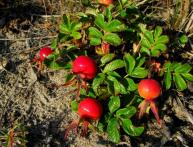

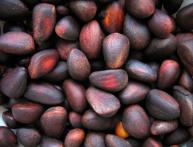
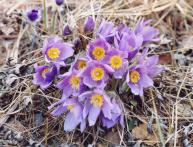
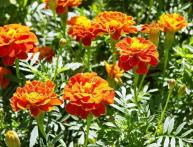
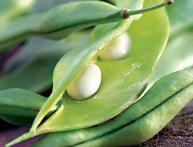
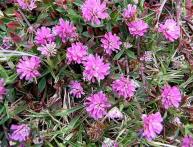
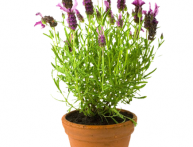
Comments
Pumpkin always takes one of the places of honor in our garden, especially since we had a child. I cook a lot of different dishes with it, from millet porridge to manti. But I’ve never had a chance to try nutmeg pumpkin. Next year we will need to plant it as an experiment.